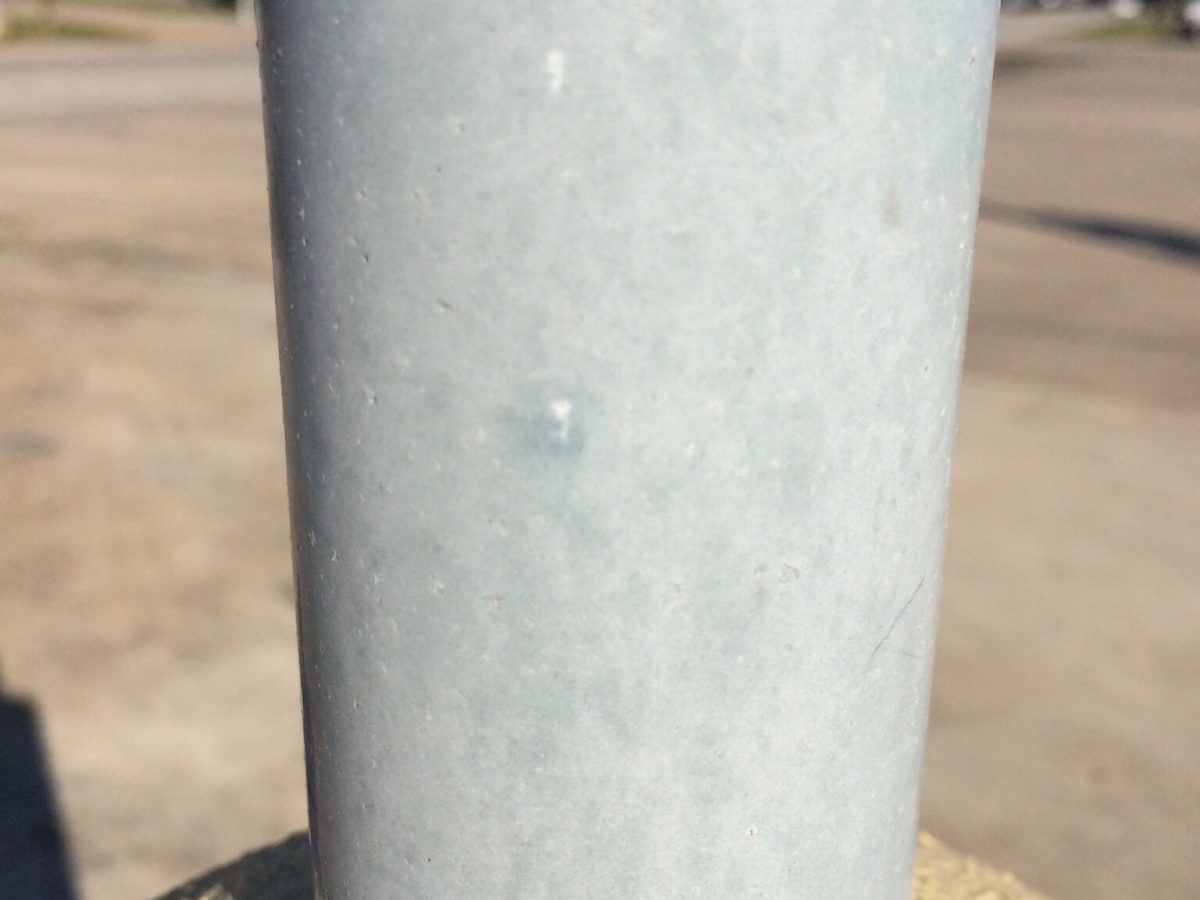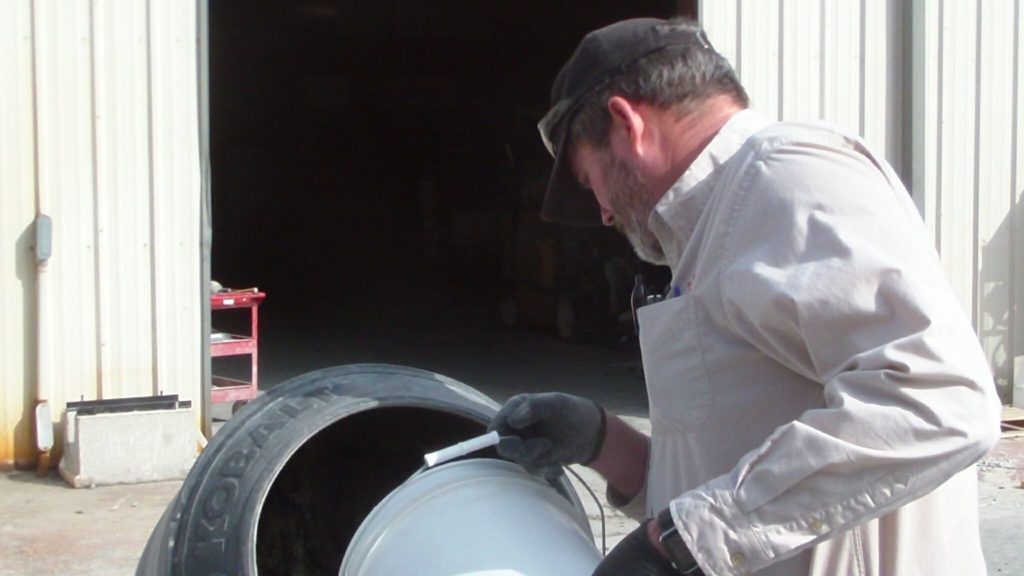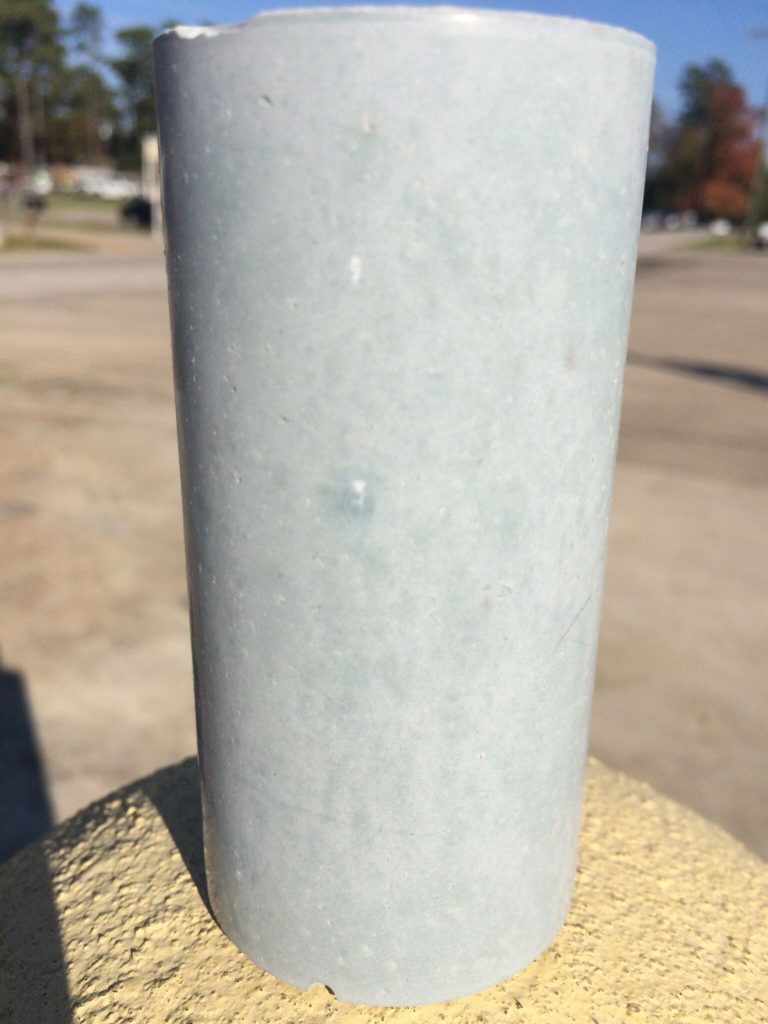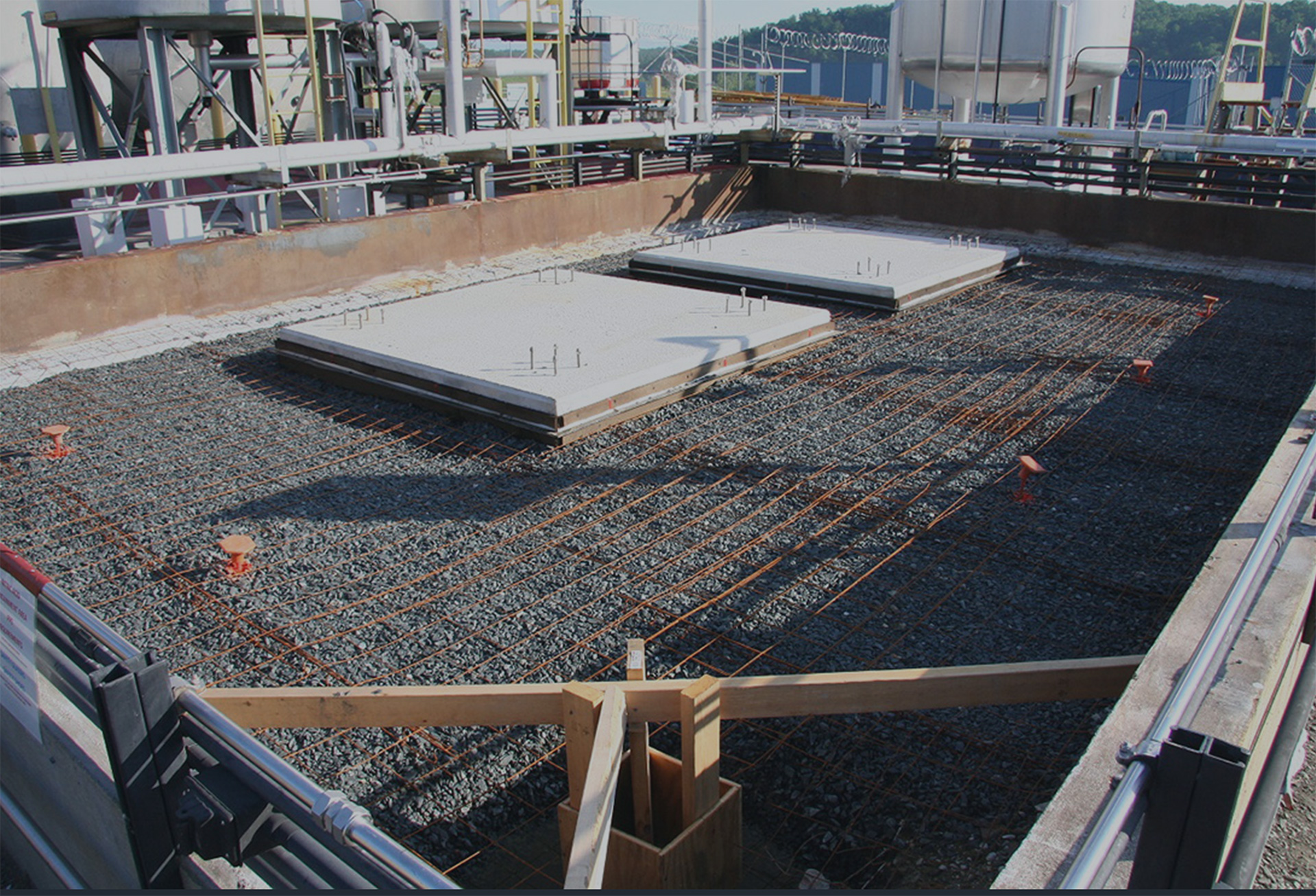HYDROFLUORIC ACID RESISTANT A600
A500 COLD FUSION CONCRETE is a concrete material designed for resistance to degradation in various concentrations of hydrofluoric acid, ranging from 0.1% to 80% with little to no mass loss.
WHAT IS COLD FUSION CONCRETE (CFC®)?
Geopolymer Solutions, LLC (GPS) has developed Cold Fusion Concrete (CFC®).
CFC® is a normal weight and lightweight, single dry material concrete, for water mixing.
CFC® is resistant to most natural and man made reagents including chlorides, sulfates, and various concentrations of acids including hydrofluoric (.1 to 80%), sulfuric* (.01 to 98%), hydrochloric (.1 to 70%), phosphoric (.01 to 75%), acetic (.01 to 80%), and nitric (.1 to 70%). CFC® complies with the ASTMC C1157 Standard Performance Specification for Hydraulic Cement.
PRODUCT DESCRIPTION
A600 can be utilized in low or high slump applications for construction of secondary containment, drain systems, foundations, walls, flatwork, as masonry mortar and every other application typically observed with Portland Cement mixtures. The technical data published here should be used as an overview of what our materials can do. We blend custom mixes and provide all the necessary documentation to ensure you are a getting the right product for the right job.
A600 is available in 1/4-inch Aggregate Medium Slump – is produced at an approximate 0 to 10-inch slump and is suitable for secondary containment; it is commonly provided in 55-pound bags or supersack quantities and contains butyl rubber aggregate.


EXPECTED CHARACTERISTICS
A400 CFC®
- 3,000 psi typical 28-day compressive strength at a water to cement ratio of 0.43, and a slump of 10 inches.• 3,000 psi typical 28-day compressive strength at a water to cement ratio of 0.43, and a slump of 10 inches.
- 120lbs/ft3wet density.• 120lbs/ft3wet density.
- Heat Resistance up to a sustained 250 degrees
RELATED PRODUCTS
Environmentalists and the concrete industry are looking to Geopolymer Solutions and what we offer: an economical, more durable and environmentally friendly
PRECAUTIONS
Like Portland batching procedures for CFC® are critical. Employees should be protected from inhaling dry materials and any materials making contact with skin or clothing should be cleaned immediately. A300 has a pH greater than Portland in a dry state. After batching and in a plastic condition, A300 has a similar pH as Portland.
PHYSICAL PROPERTIES
Weight – to include water, sand & aggregate
- Resistant to hydrofluoric acid exposure at concentrations ranging from 0.1% to 80%.
- Resistant to most other acids.
- Resistant to chloride and sulfate exposure degradation.
- Green Technology.
- Can be colored.
- Utilized at slumps ranging from 0 to 10 inches.
- Fiber reinforced (micro).
- Interior and exterior applications.
- Resistant to freeze and thaw cycles.
- Can be used in hot or cold climates.
- Improves corrosion protection when placed on metal features.
RELATED PRODUCTS
Environmentalists and the concrete industry are looking to Geopolymer Solutions and what we offer: an economical, more durable and environmentally friendly
A600 SPECIFICATIONS
Results were provided by a licensed engineering test laboratory and represent the typical results derived from production-similar materials. Even though actual results presented below exceed stringent internal quality control standards, (available upon request). Of course, all samples were air cured.


CAUTION IS ADVISED FOR WATER ADDITIONS!
Approximately one-half or less of the water typically required to increase the slump on Portland Cement mixtures is required for the same effect on A600. Further, after initial mixing, no additional high speed mixing should occur; entrapped air will be developed in the mix with
excessive mixing. A600 is designed to suspend aggregate, even at high slumps.
COMPRESSIVE STRENGTHS – PSI
| 3 Hours | Custom |
| 24 Hours | Custom |
| 7 Days | Typical 4,000 psi |
| 28 Days | Custom 5,000 – 9,000 psi |
FLEXURAL STRENGTH – PSI
| 7 Days Variable | Depends on Mixture – 500 – 800 psi typical. |
| 28 Days Variable | Depends on Mixture – 800 – 1,200 psi typical. |
A600 complies with building code requirements for interaction with conventional reinforcing steel, and strength, but does not comply with typical industry Portland Cement specifications due to the absence of Portland Cement.Cost savings combined with superior long-lasting quality is not just a goal, it’s inherent with A600.
A600 APPLICATION AND FINISHING
Placement procedures are highly similar to Portland mixtures. No bleed water will develop with A600. Accordingly, finishing can be expedited if elevations and smoothness are achieved. No curing compounds are necessary and A600 can be cured in direct sunlight, the shade, or elevated temperature conditions. Like Portland mixtures, high wind conditions should be avoided and A600 should be protected from freezing for at least 48 hours dependent upon the mean daily temperature. A600 may attain a blueish color, which is often mottled during curing. Some of this color will dissipate during the extended curing process. While finishing aids are not recommended, they can be used sparingly. We have developed a finishing aid under our product name Fusion Finish. Fusion Finish is supplied in 5-gallon buckets, or 270 gallon totes. Over applications of Fusion Finish will reduce the hardness and chemical resistance of the surface of the concrete, but will not affect the hardness or chemical resistance of the underlying mass. No aggregate segregation is expected up to an approximate 10-inch slump. Concrete consolidation with vibrators is highly similar to Portland mixtures. Over vibration should be avoided, particularly using high slump consistencies. Moving concrete with vibrators should be avoided. Concrete strength gain can be accelerated with A600 by applying heat in the form of ambient temperature, sunlight, or, applied heat by flame or other means.
Packaging 55lb Bags or Super Sacks
A600 MIXING INSTRUCTIONS
Only use a paddle type mixer. Cold Fusion Concrete materials are batched to design amounts and mixed at low speed revolutions for a minimum of 7 minutes. Final water additions should be made to adjust the slump based upon quality control tests.
SITE PREP
The placement location requirements are no different for CFC® than for typical Portland Cement mixtures. The placement area should be moist, but no free water should be present. The placement area should be clean and free of debris. If bonding to existing CFC® or
Portland materials, the exposed area should be thoroughly cleaned, moist but not wet, and roughened if possible (but not required). If bonding to existing CFC® or Portland, the interface should be vibrated to ensure complete and thorough contact with the new material. Ambient surface should not be freezing or above the boiling temperature of water. Elevated temperatures above 90’F will shorten the working time.
RELATED PRODUCTS
Environmentalists and the concrete industry are looking to Geopolymer Solutions and what we offer: an economical, more durable and environmentally friendly

Hydrofluoric Acid Resistant A600
TECHNICAL DETAILS
RELATED PRODUCTS
Environmentalists and the concrete industry are looking to Geopolymer Solutions and what we offer: an economical, more durable and environmentally friendly









